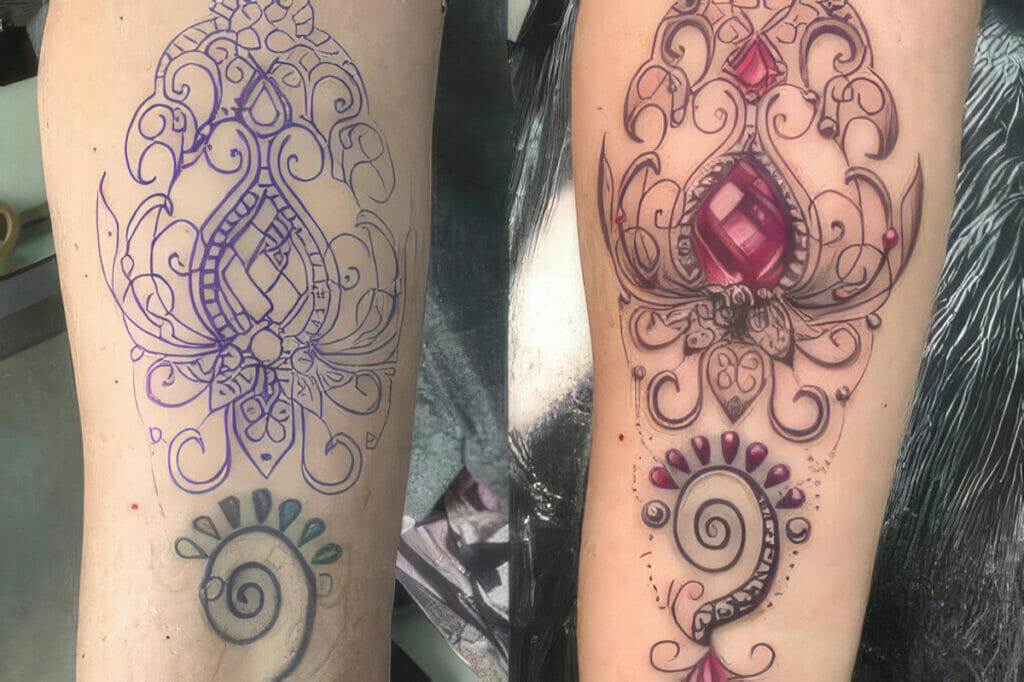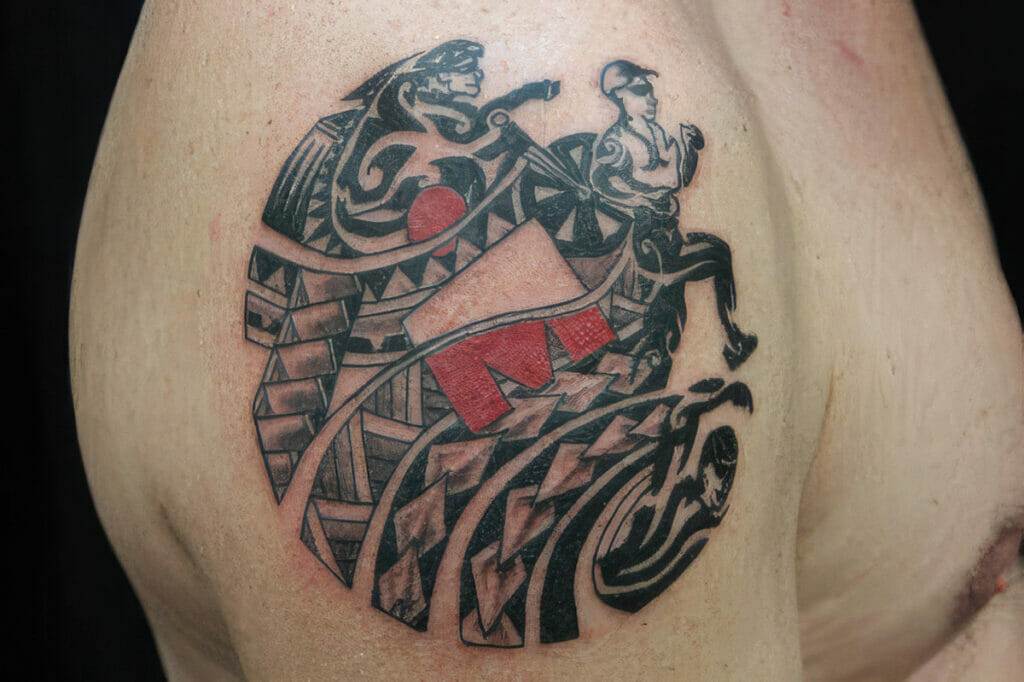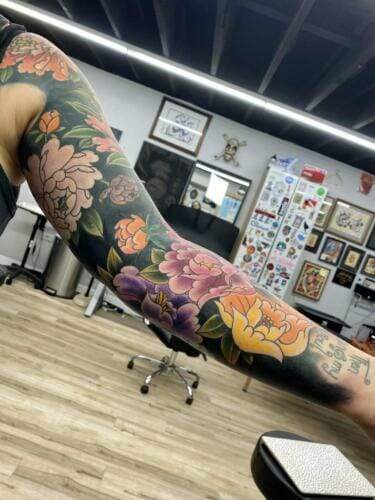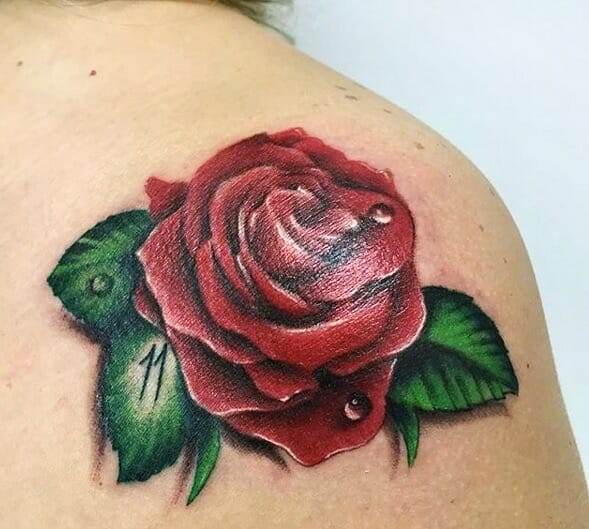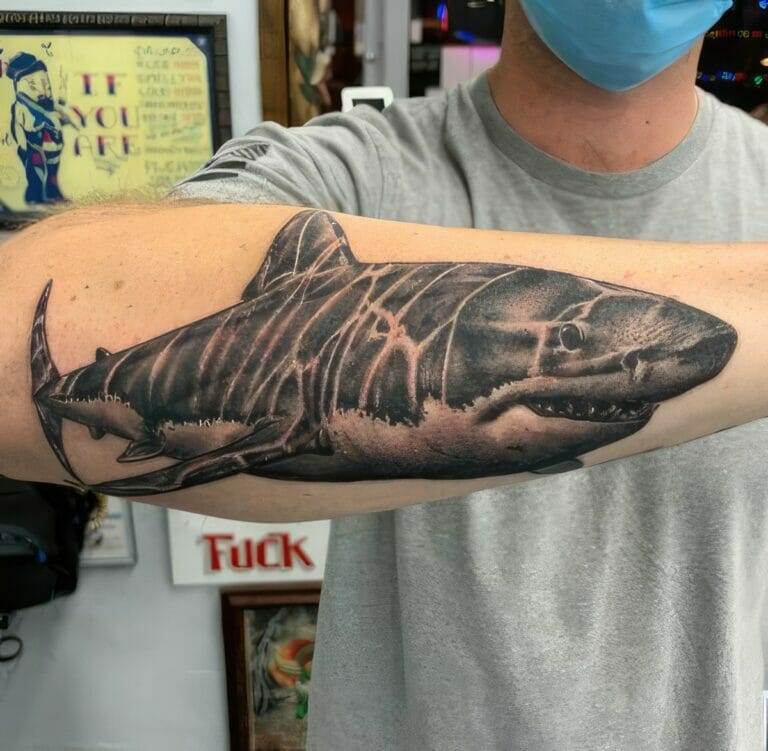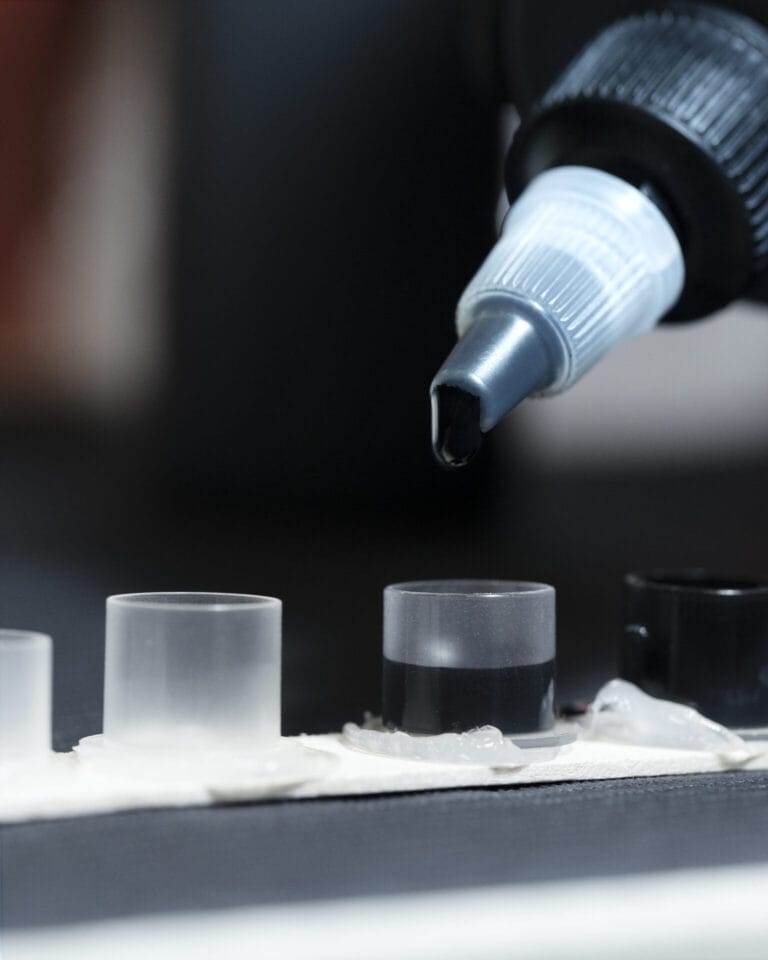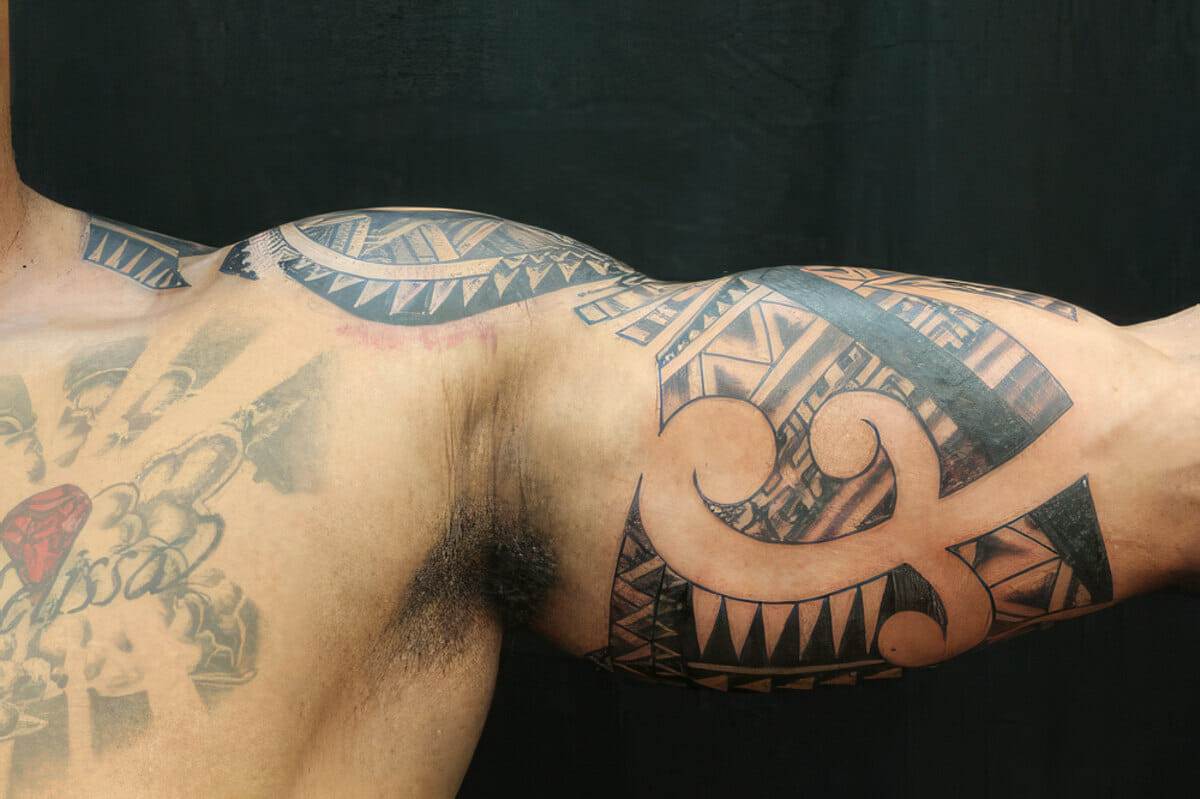
Tattooing has been practiced for thousands of years and has a rich history that spans across different cultures. The art of tattoo design involves creating permanent images on the skin using ink and needles. Tattoos have held various meanings and significance in different cultures throughout history. In some cultures, tattoos were used to symbolize social status, while in others they were seen as a form of protection or a way to connect with spiritual beliefs.
In ancient Egypt, tattoos were often associated with religious rituals and were believed to provide protection and guidance in the afterlife. In Polynesian cultures, tattoos were seen as a rite of passage and were used to mark important milestones in a person’s life. In Japan, tattoos were associated with the criminal underworld but have since become more accepted as a form of self-expression.
The Importance of Choosing a Skilled Tattoo Artist
When it comes to getting a tattoo, choosing a skilled artist is crucial. Researching and selecting a reputable artist is essential to ensure that you receive a high-quality tattoo that meets your expectations. An experienced artist will have the technical skills and knowledge to create a design that is visually appealing and well-executed.
On the other hand, choosing an inexperienced artist can lead to unsatisfactory results and even potential health risks. Inexperienced artists may not have the proper training or knowledge of proper sterilization techniques, which can increase the risk of infection or other complications. Additionally, they may lack the artistic skills necessary to create a design that is aesthetically pleasing and well-suited to your body.
Investing in a skilled tattoo artist may come at a higher cost, but it is well worth it in the long run. A skilled artist will take the time to understand your vision and work with you to create a design that meets your expectations. They will also have a portfolio of their previous work, allowing you to see their style and level of expertise before committing to getting a tattoo.
Understanding Your Personal Style and Preferences
Before getting a tattoo, it is important to understand your personal style and preferences. Identifying your personal style will help you choose a design that reflects your personality and aligns with your aesthetic preferences. Some people prefer bold and vibrant designs, while others may prefer more delicate and intricate designs.
Choosing a design that reflects your personality is essential in creating a tattoo that you will be happy with for years to come. Your tattoo should be a reflection of who you are and what you value. It should hold personal meaning and significance to you.
In addition to considering your personal style, it is also important to think about the placement of your tattoo. The placement of a tattoo can greatly impact its overall appearance and how it interacts with your body. Some people may choose to have their tattoos in visible areas, while others may prefer more discreet placements. Considering the placement of your tattoo will help ensure that it complements your body and fits seamlessly into your overall aesthetic.
Collaborating with Your Tattoo Artist
Collaborating with your tattoo artist is an important part of the tattoo design process. Effective communication is key in ensuring that your ideas and vision are understood and translated into a design that meets your expectations. It is important to clearly communicate your ideas, preferences, and any specific elements or symbols that you want to incorporate into your design.
Working with a collaborative artist can be beneficial as they can provide valuable input and suggestions based on their expertise. They can offer guidance on design elements, placement, and color choices that will enhance the overall aesthetic of your tattoo. A collaborative artist will take the time to listen to your ideas and work with you to create a design that is unique and meaningful.
Trusting your artist is also crucial in the collaboration process. Tattoo artists are professionals who have dedicated their careers to the art of tattooing. They have the knowledge and experience to create a design that will look great on your skin and stand the test of time. Trusting your artist’s expertise and allowing them creative freedom can result in a tattoo that exceeds your expectations.
The Role of Symbolism in Tattoo Design
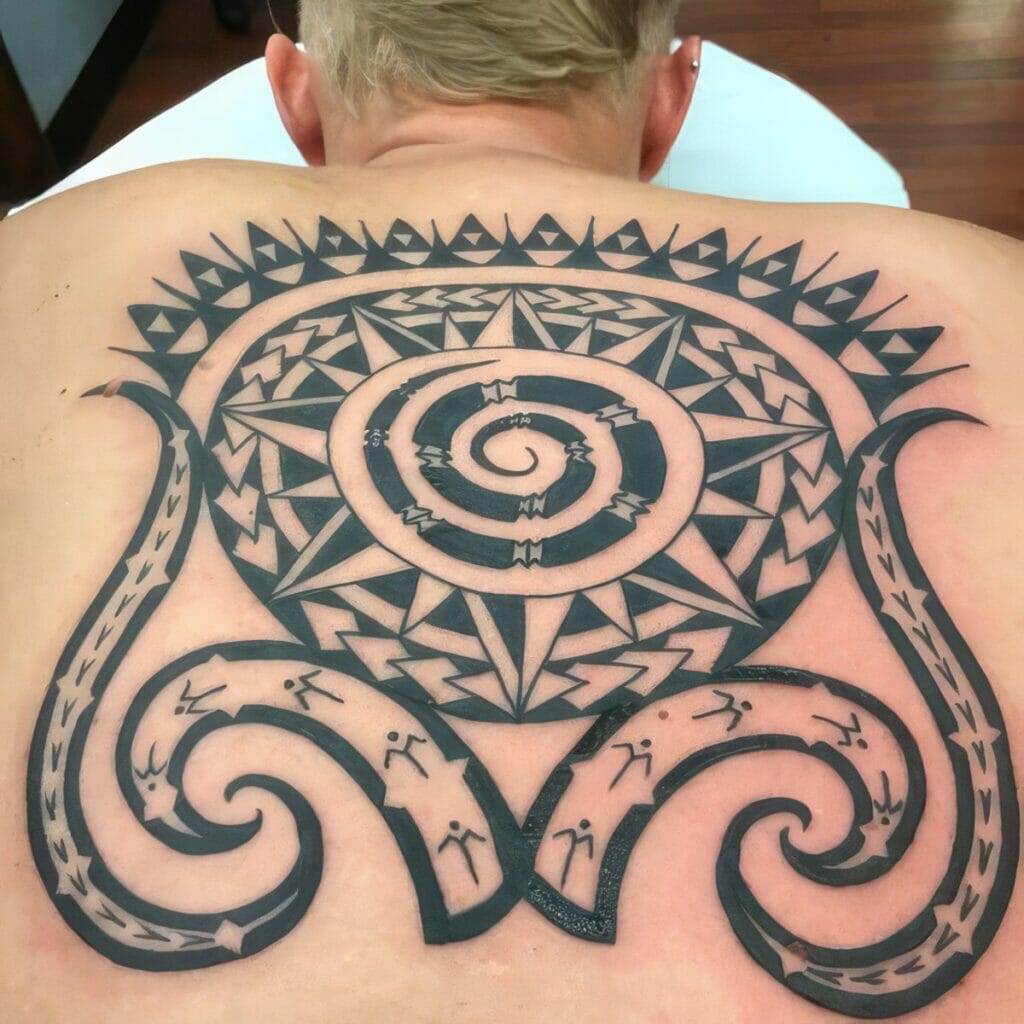
Symbols have played a significant role in tattooing throughout history. They can hold personal meaning and significance, representing various aspects of a person’s life, beliefs, or experiences. Choosing symbols that hold personal meaning to you can make your tattoo even more meaningful and unique.
Symbols can be used to represent a wide range of concepts, such as love, strength, protection, or spirituality. They can also be used to commemorate important events or people in your life. Incorporating symbols into your tattoo design can add depth and layers of meaning to your tattoo.
In addition to choosing individual symbols, you can also consider incorporating multiple symbols into your design. This can create a more complex and visually interesting tattoo that tells a story or represents different aspects of your life. Working with your tattoo artist to find creative ways to combine symbols can result in a truly unique and personalized design.
Incorporating Meaningful Elements into Your Tattoo
Adding personal touches to your tattoo design is another way to make it more meaningful and unique. Personal elements can include things like names, dates, or quotes that hold significance to you. These elements can serve as reminders of important people or events in your life.
When choosing personal elements for your tattoo, it is important to consider their significance and how they will fit into the overall design. Balancing symbolism with aesthetics is key in creating a tattoo that is visually appealing while still holding personal meaning.
Exploring Different Tattoo Styles and Techniques
There are various tattoo styles and techniques to choose from when designing your tattoo. Each style has its own unique characteristics and aesthetic appeal. Some popular tattoo styles include traditional, realism, watercolor, blackwork, and geometric.
Choosing a style that fits your personal taste is important in creating a tattoo that you will be happy with. Take the time to research different styles and look at examples of each to get a better understanding of what appeals to you. Your tattoo artist can also provide guidance and recommendations based on your preferences.
Understanding different tattooing techniques is also important when designing your tattoo. Different techniques can create different effects and textures, so it is important to discuss these options with your artist. They can help you choose the technique that will best bring your design to life.
The Impact of Color and Placement on Your Tattoo Design
Color and placement are two important factors to consider when designing your tattoo. The colors you choose can greatly impact the overall appearance of your tattoo. It is important to choose colors that complement your skin tone and enhance the design.
Placement is also crucial in tattooing. The placement of a tattoo can greatly affect its visibility and how it interacts with your body. Some people may choose to have their tattoos in visible areas, while others may prefer more discreet placements. Considering the placement of your tattoo will help ensure that it complements your body and fits seamlessly into your overall aesthetic.
Balancing color and placement is important in creating a cohesive design. The colors should work harmoniously with the placement to create a visually pleasing and well-balanced tattoo.
Customizing Your Tattoo to Fit Your Body
When designing a tattoo, it is important to consider your body shape and size. Different designs may look better on different body types, so it is important to choose a design that flatters your body.
Customizing a design to fit your body can involve making adjustments to the size, shape, or placement of the design. Your tattoo artist can provide guidance on how to customize the design to best suit your body.
Customizing a design also allows you to make it more unique and personalized. By adding your own personal touches or incorporating elements that hold significance to you, you can create a tattoo that is truly one-of-a-kind.
The Tattooing Process: From Design to Finished Product
The tattooing process involves several steps, from the initial design consultation to the finished product. Once you have chosen your artist and discussed your design ideas, they will create a custom design based on your preferences.
Before getting your tattoo, it is important to prepare yourself both mentally and physically. Make sure you are well-rested, hydrated, and have eaten a good meal before your appointment. It is also important to follow any pre-tattoo care instructions provided by your artist.
During the tattooing process, your artist will use a tattoo machine to inject ink into the skin. The process can be uncomfortable or even painful, depending on your pain tolerance and the location of the tattoo. It is important to communicate with your artist if you are experiencing any discomfort or need a break.
After the tattoo is complete, your artist will provide aftercare instructions to ensure proper healing. It is important to follow these instructions carefully to avoid infection or other complications. Your tattoo may go through a healing process that involves scabbing, peeling, and fading before it reaches its final appearance.
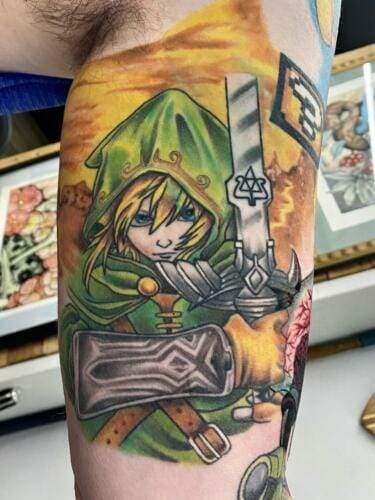
Caring for Your Tattoo: Tips for Long-Term Preservation
Proper aftercare is crucial in preserving the longevity and vibrancy of your tattoo. After getting a tattoo, it is important to keep the area clean and moisturized. Avoid exposing your tattoo to direct sunlight or soaking it in water for extended periods of time.
Protecting your tattoo from the sun is especially important as UV rays can cause fading and damage to the ink. Apply sunscreen with a high SPF to your tattoo whenever it will be exposed to the sun.
To maintain the vibrancy of your tattoo over time, it is important to moisturize regularly and avoid picking at any scabs or peeling skin. It is also important to avoid wearing tight clothing or accessories that may rub against your tattoo and cause irritation.
The art of tattoo design is a deeply personal and meaningful process. By working with a skilled artist, understanding your personal style and preferences, and incorporating meaningful elements into your design, you can create a tattoo that reflects your unique personality and story. With proper care and maintenance, your tattoo can be a beautiful and lasting work of art. Take the time to research and choose a reputable artist, communicate effectively with your artist, and consider the symbolism, color, placement, and customization of your design. By following these steps, you can ensure that your tattoo is a true reflection of who you are and something you will be proud to wear for the rest of your life.


